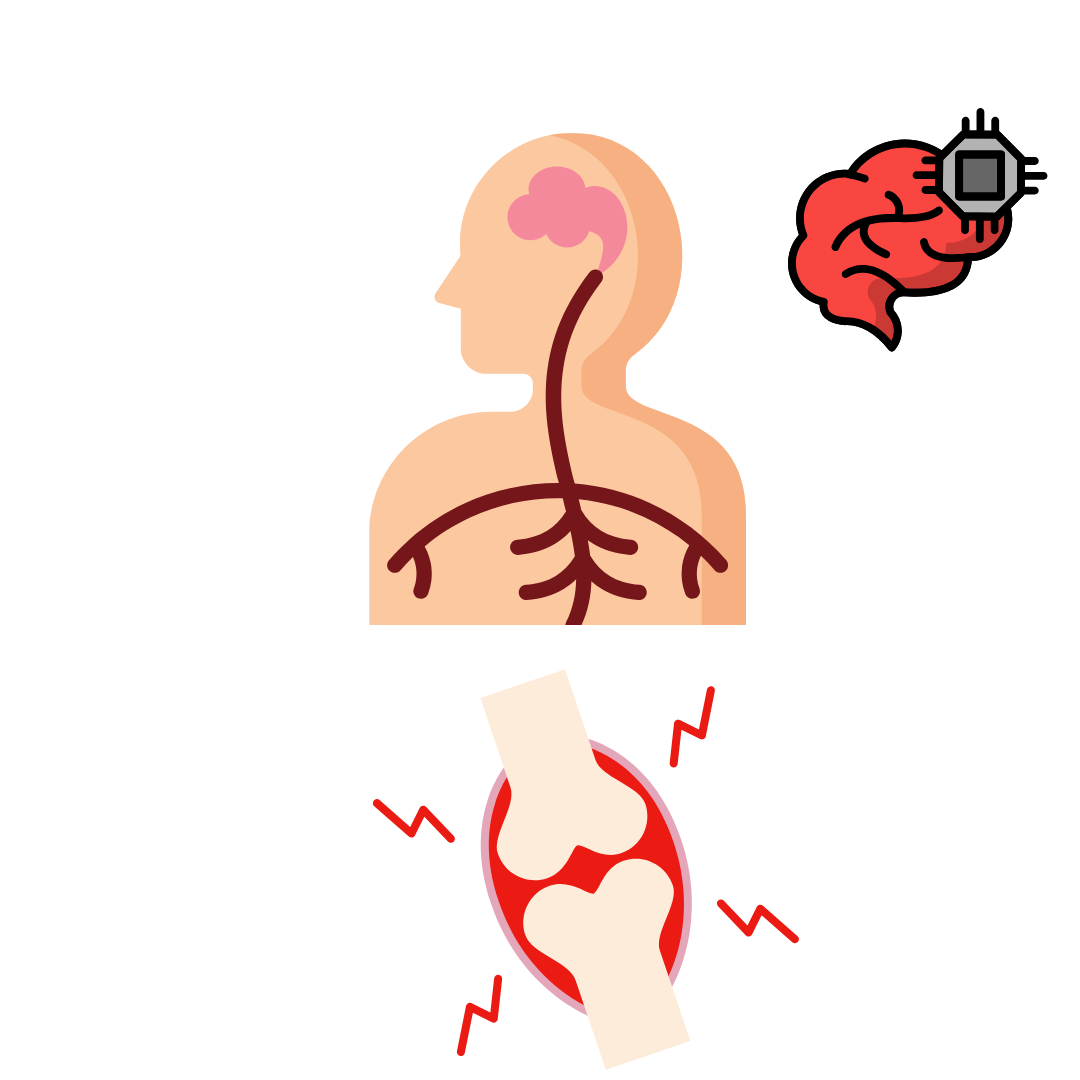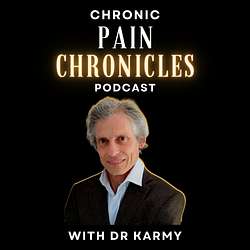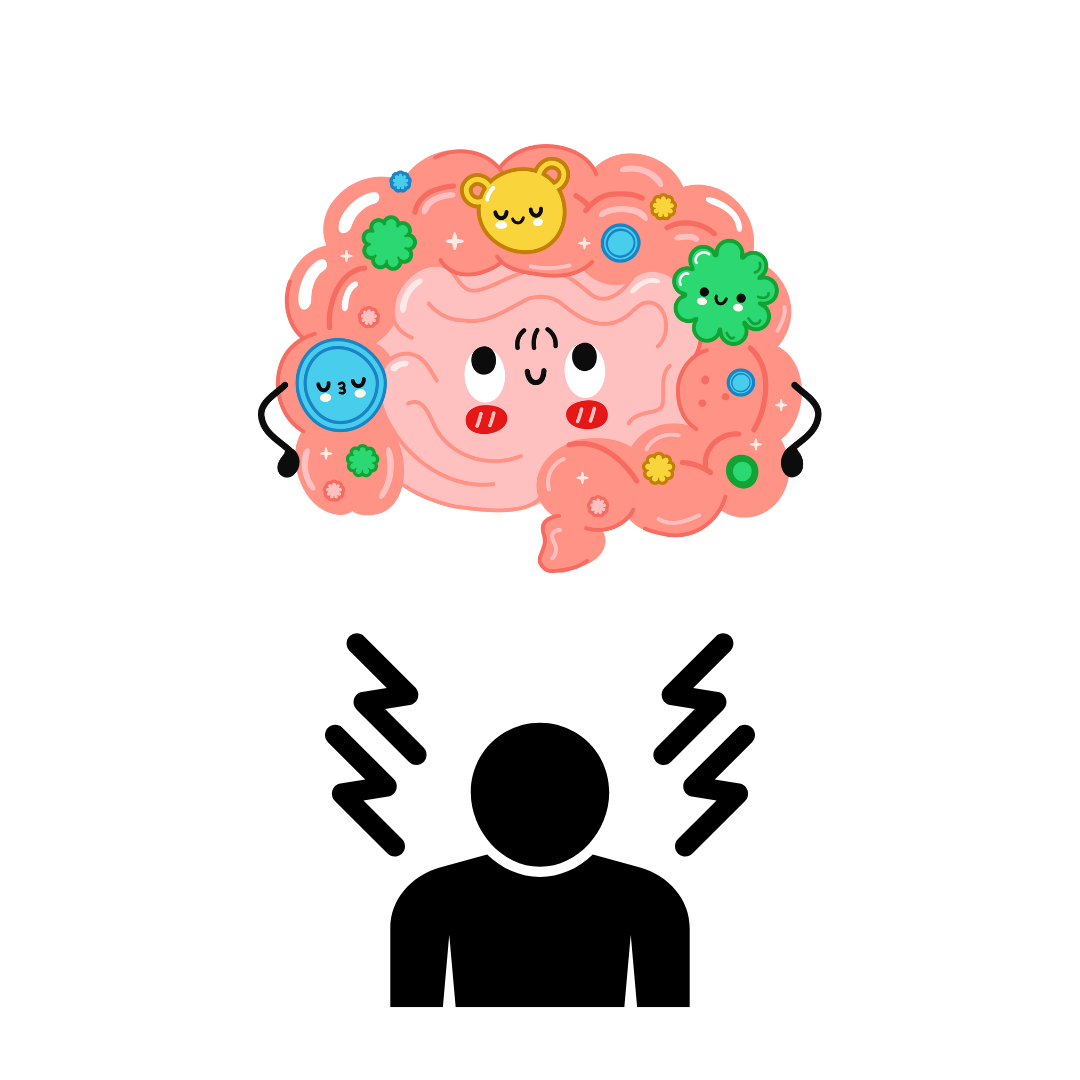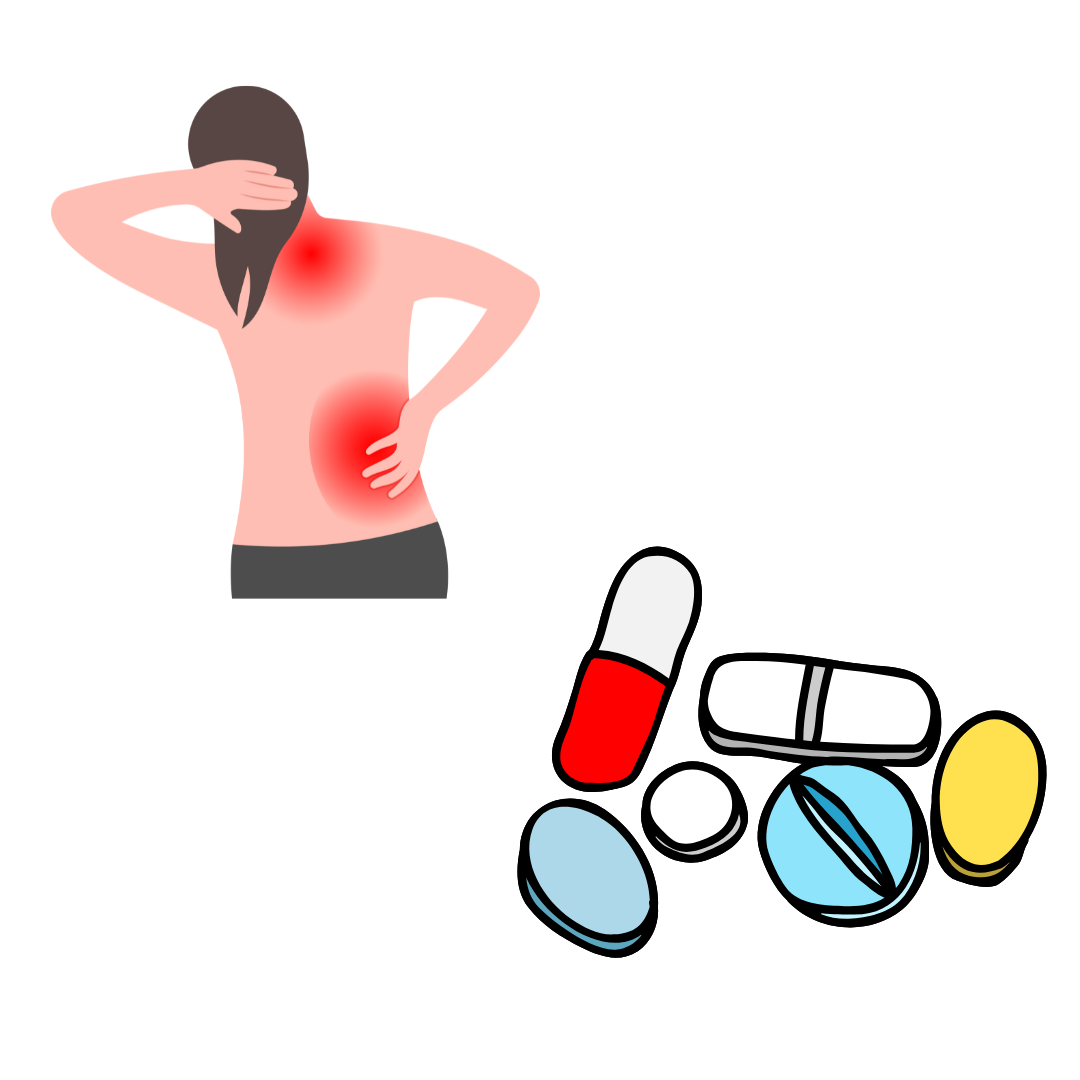Blog

FDA Approves First Nerve-Stimulating Implant to Treat Rheumatoid Arthritis Without Drugs
The U.S. Food and Drug Administration has approved the first-ever device to treat an autoimmune condition using nerve stimulation. Designed for people with rheumatoid arthritis, the tiny implant is placed in the neck alongside the vagus nerve—an important nerve that connects the brain to major organs. Once a day, it sends gentle electrical pulses that help calm the body’s immune response and reduce inflammation. Unlike traditional medications that suppress the immune system and often cause side effects, this device offers a drug-free approach that can ease joint pain and swelling without raising the risk of infections. Many patients in clinical trials were able to stop their usual medications entirely, offering new hope for people living with chronic autoimmune diseases.
Read More
The Role of AI in Chronic Pain Research
In our latest episode of the Chronic Pain Chronicles, we had the privilege of speaking with a globally recognized expert in neurosurgery and brain imaging: Dr. Antonio Di Ieva. This episode dives deep into the complex world of the human brain—how we map it, treat it, and even predict its behavior using the latest advancements in artificial intelligence. Dr. Di Ieva is a neurosurgeon and neuroscientist with a passion for unraveling the brain’s structure-function relationship. He has pioneered research in fractal geometry in neuroscience and is a leader in applying machine learning to medical imaging. In this conversation, we explored not only the cutting-edge technologies transforming neurosurgical practice but also how these innovations may offer new hope for patients dealing with chronic neurological pain.
Read More
Making Waves in Fibromyalgia Care: Exploring the Benefits and Challenges of Water Therapy
This narrative review explores the effectiveness of water therapy as a non-pharmacological treatment for fibromyalgia, highlighting its potential to reduce pain, fatigue, and improve quality of life. Although there is substantial evidence supporting its benefits, current clinical guidelines only weakly recommend it due to limited data showing its superiority over land-based exercises. The review emphasizes the need for future research to better understand the mechanisms behind water therapy’s effects, its long-term benefits compared to other treatments, and its cost-effectiveness. Patient adherence and the challenges of sustaining improvements after therapy end are also discussed. While not a systematic review, the study underlines the promise of water therapy and calls for more consistent protocols and outcome reporting to guide clinical recommendations and healthcare policy.
Read More
Can Your Gut Bacteria Affect Chronic Pain? What the Science Is Starting to Show
Scientists are discovering that the bacteria in our gut—known as the gut microbiome—may play a surprising role in chronic pain conditions like fibromyalgia, migraines, arthritis, and complex regional pain syndrome (CRPS). Recent studies show that people with these conditions often have unique gut bacteria patterns, and in some cases, transplanting healthy gut bacteria into patients has even reduced pain. While this research is exciting, experts say we’re not quite ready to use gut tests or probiotics as a guaranteed way to treat chronic pain. However, eating a fiber-rich, anti-inflammatory diet that supports gut health is a safe and helpful step you can take today.
Read More
GLP-1 Medications Show Promise in Reducing Pain and Fatigue for Fibromyalgia Patients
A new study suggests that medications commonly used for diabetes and weight loss—called GLP-1 receptor agonists—may also help reduce symptoms of fibromyalgia, a chronic condition that causes widespread pain, fatigue, and brain fog. Researchers looked at health records from tens of thousands of people and found that those with fibromyalgia who were taking GLP-1 medications like Ozempic or Mounjaro were less likely to use opioids and had fewer reports of pain and fatigue compared to those not taking the medications. While this isn’t proof that GLP-1s treat fibromyalgia directly, it’s a promising sign. Experts say that people with fibromyalgia who also have conditions like obesity or type 2 diabetes (for which these medications are already approved) might want to talk to their doctor about whether GLP-1s could be a helpful option. More research is still needed to confirm these benefits.
Read More